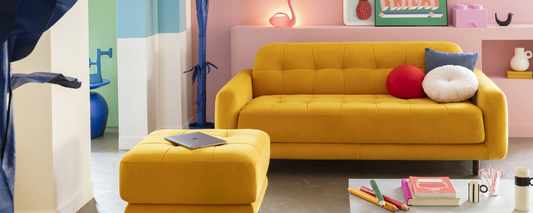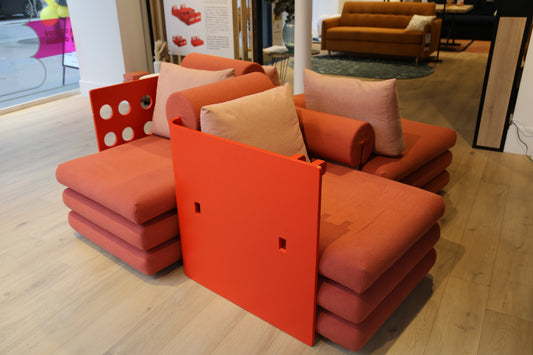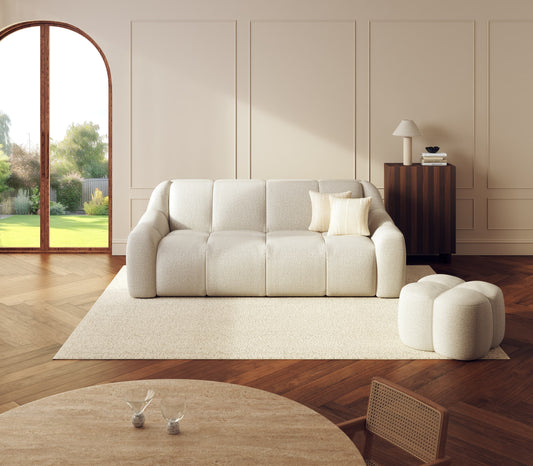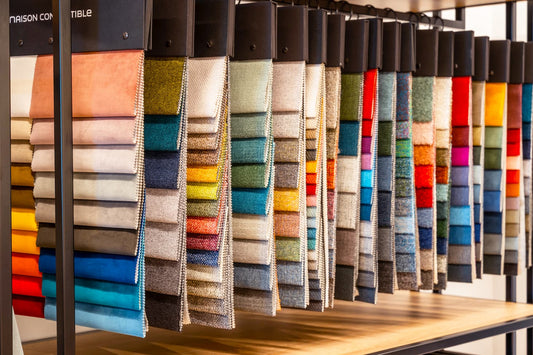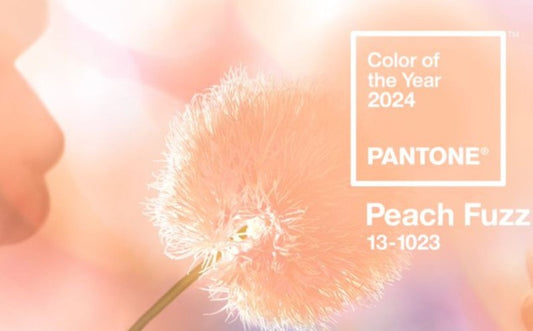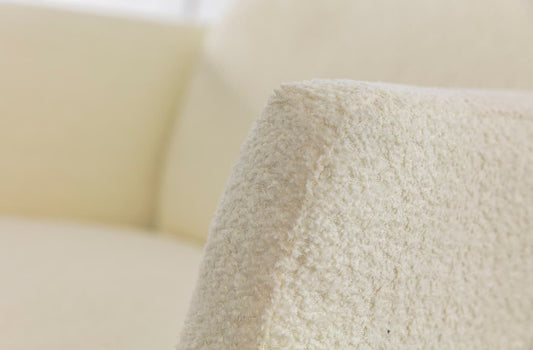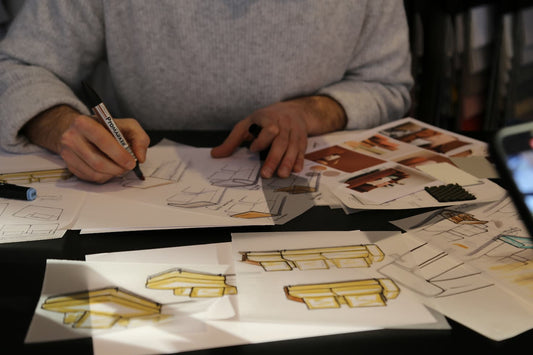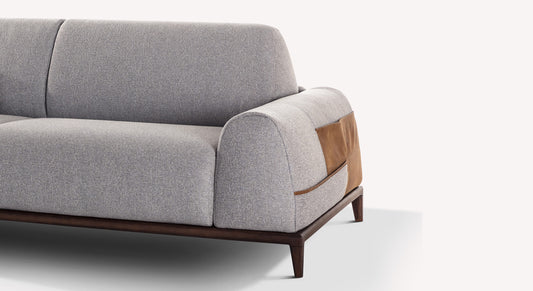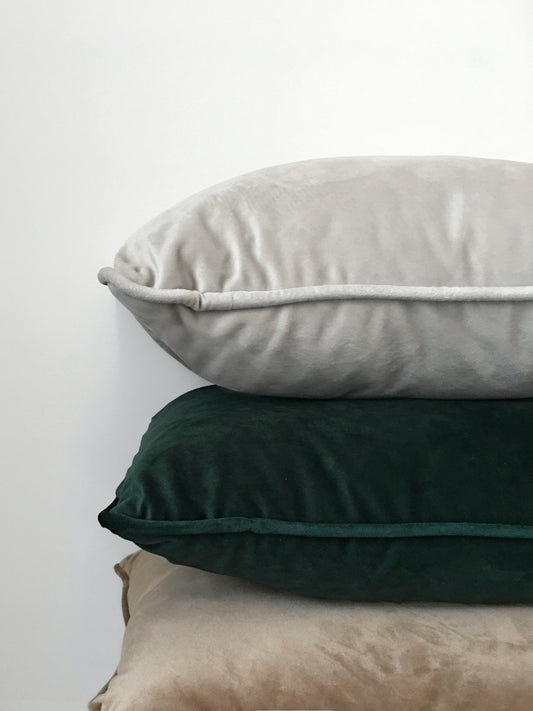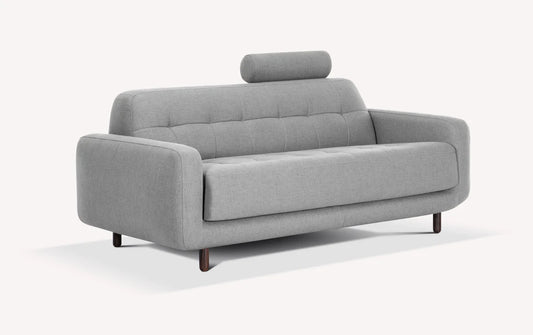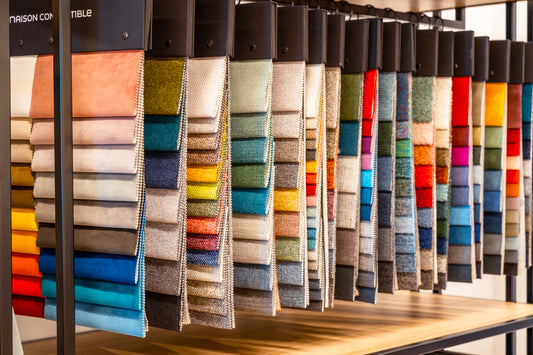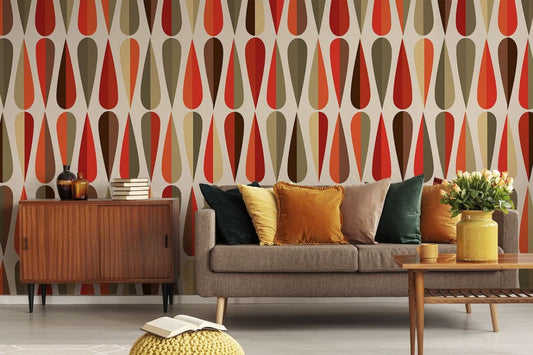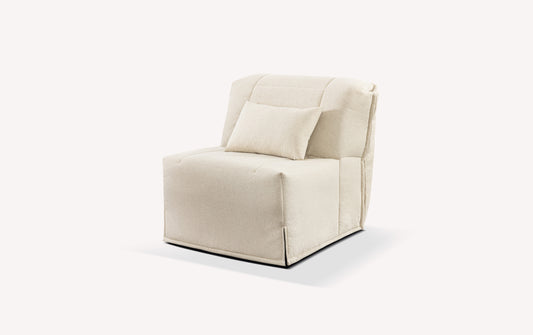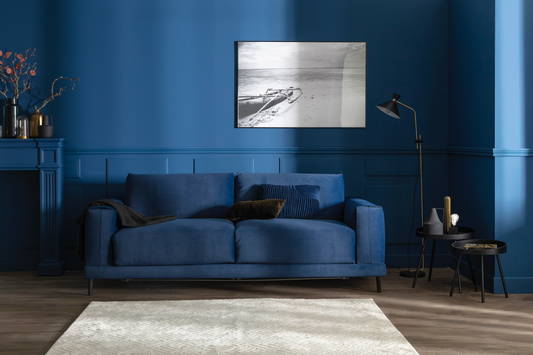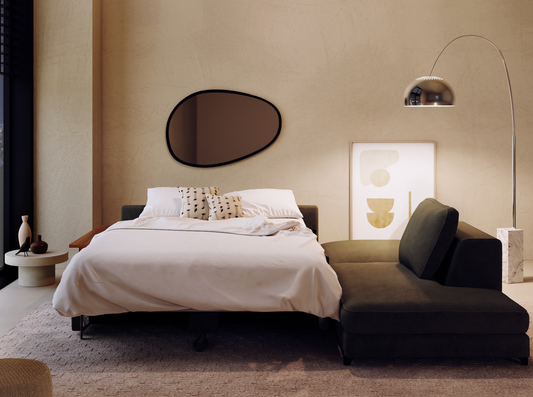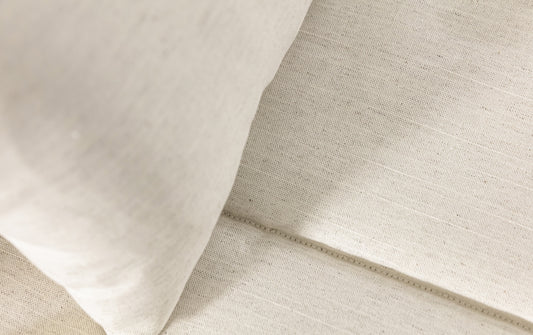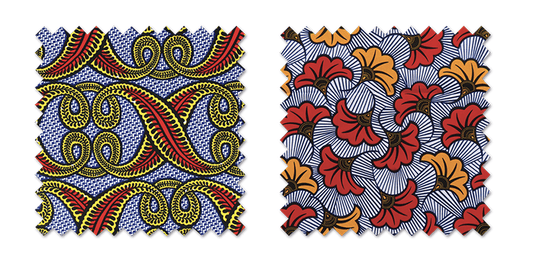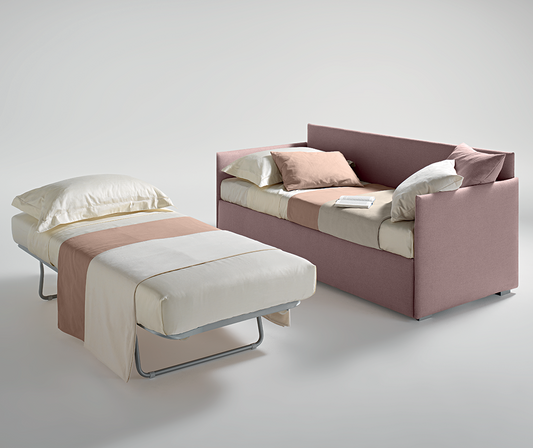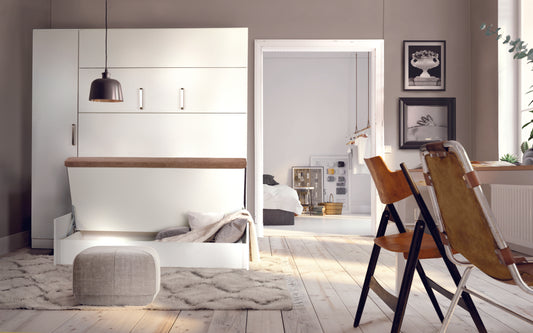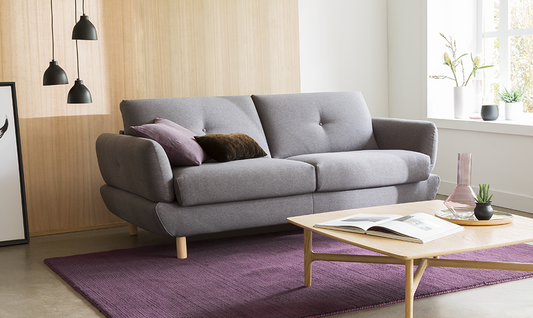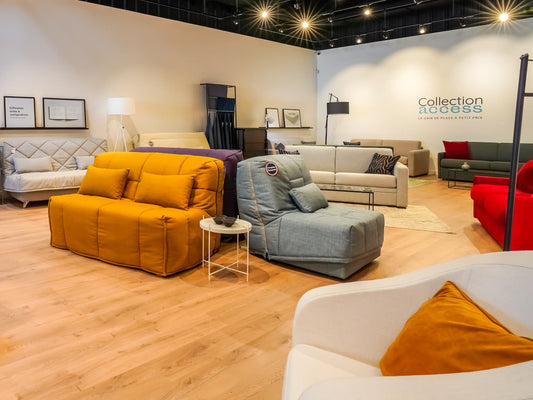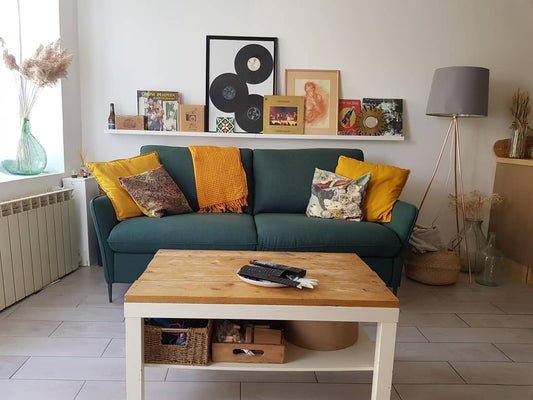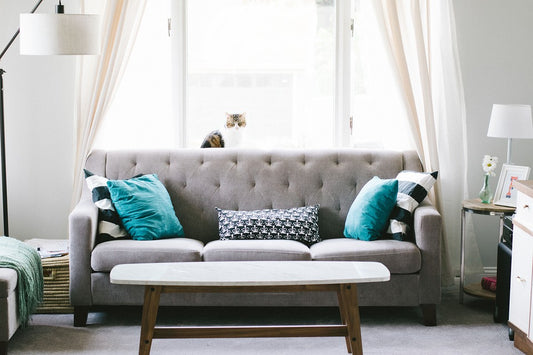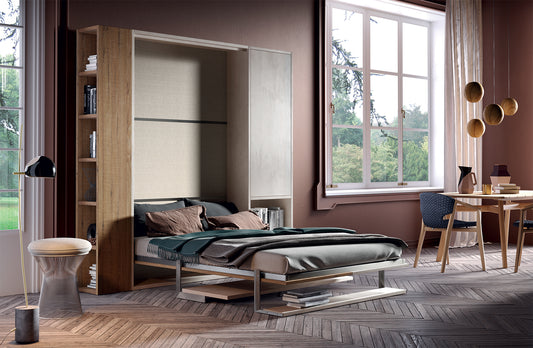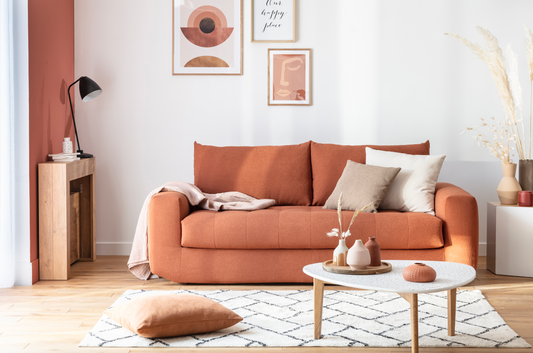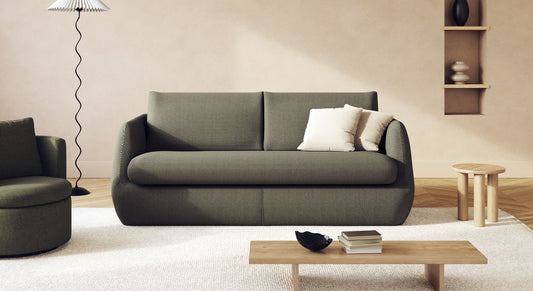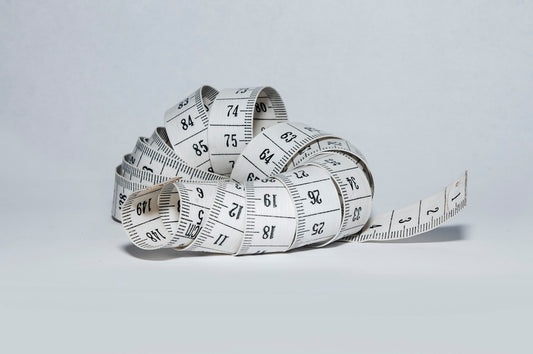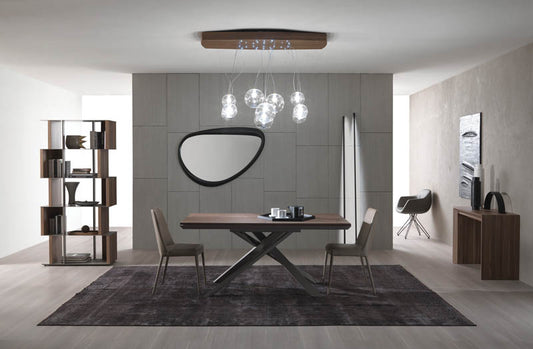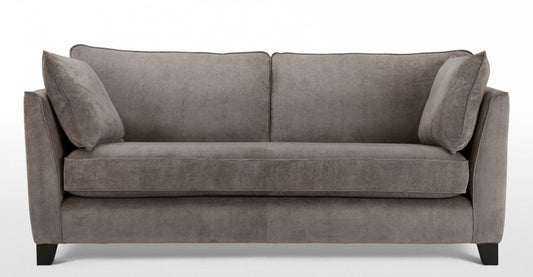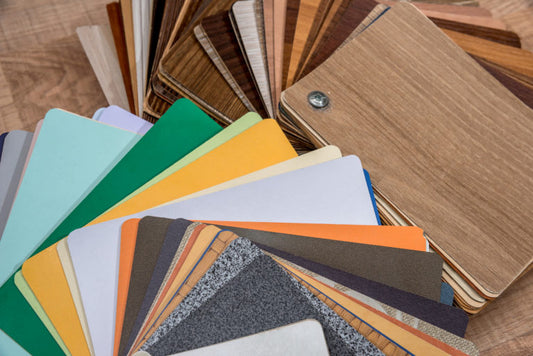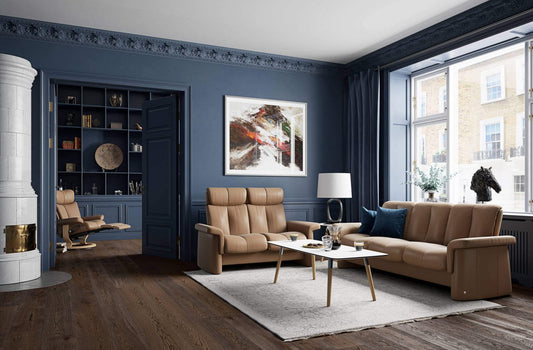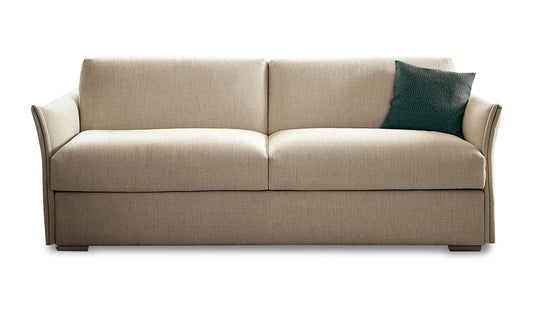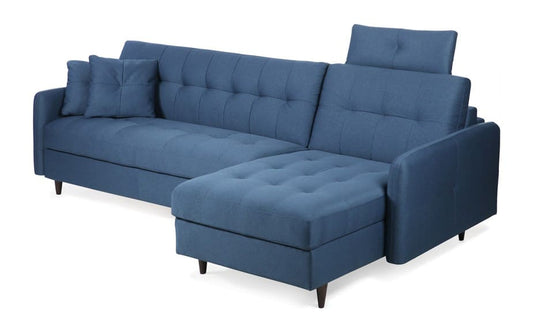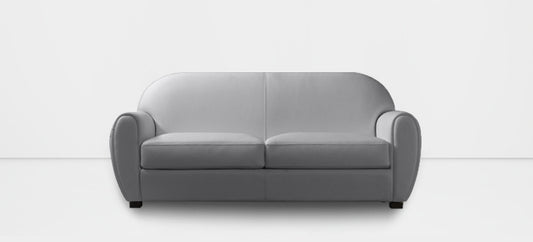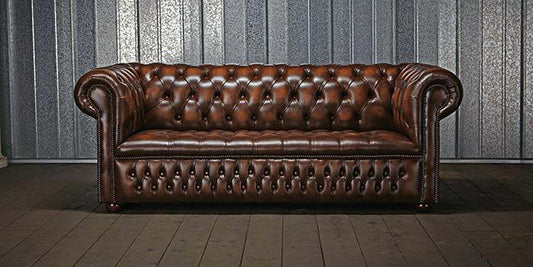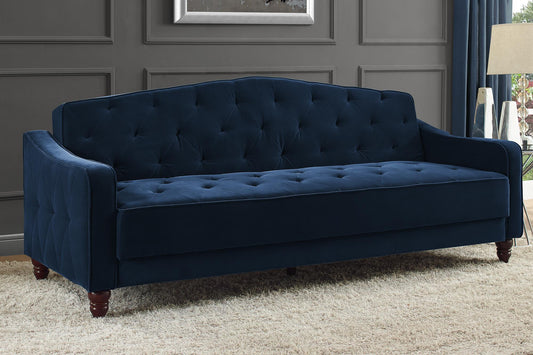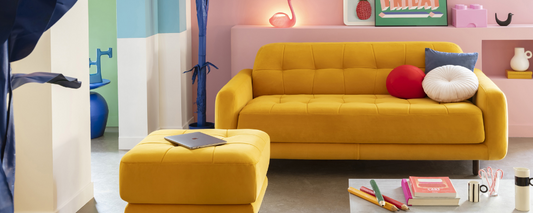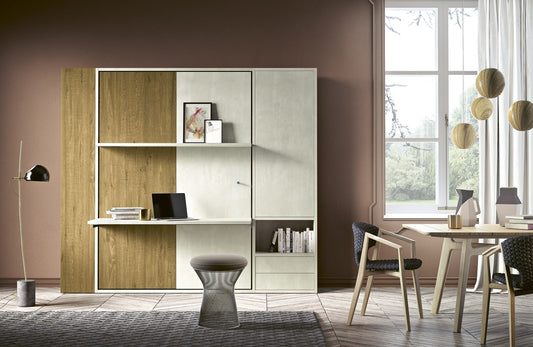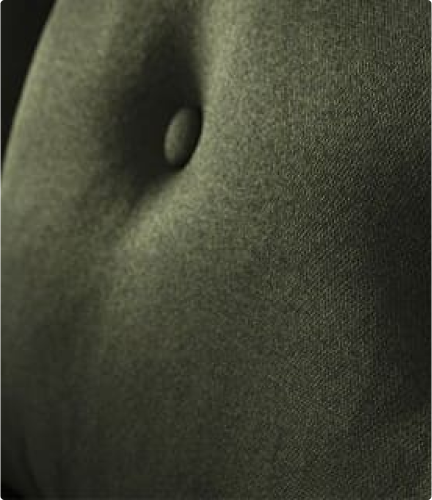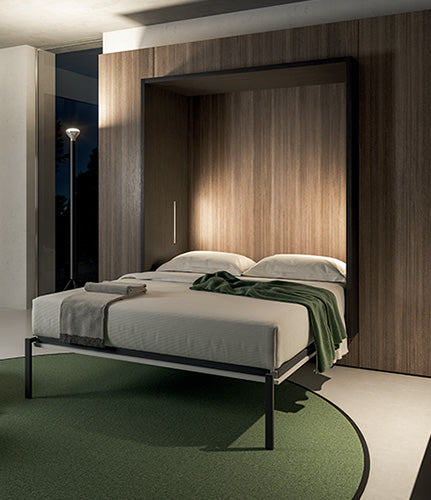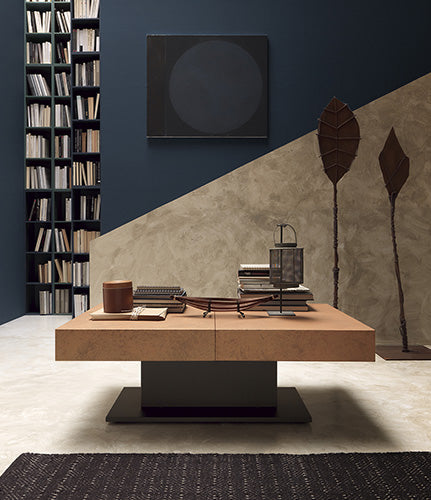To bring a touch of design to your interior, the glass table seems ideal. At the crossroads of art and technology, the glass table has always stood out over time. It is a material that invites you to push the limits of design. Discover the designer glass tables that revolutionized the history of design and their modern variations.

Glass: a material that lends itself to experimentation
Glass is not a material like any other. Its nature allows you to experiment with new combinations of shapes and colors, to the great pleasure of creators. Composed of a mixture of sand, soda and lime, the initial recipe has not evolved since ancient Egypt. It will be given different effects, colors and textures by adding various chemical elements in different concentrations during fusion.
For example, arsenic will make it white and opaque like porcelain and magnesium oxide, more durable. From the moment it is manufactured, you have to think about the finishes you want to obtain.
Good to know: Ecological par excellence, glass is 100% and infinitely recyclable. There is no reason to deprive yourself of it!

Molten glass
Glass has always seduced the cream of contemporary art and design. As Jean-Luc Olivier, curator of the glass department at the Museum of Decorative Arts in Paris, declares, “this material perfectly knows how to capture the era by exploring new territories of creativity.” It can reinvent itself with each use, opening up infinite fields of expression. It is a material which invites us to explore the relationship between the deformations of the material, the colors, the opacity and the transparency. The glass will keep the “imprint” of the designer, the one who will guide the deformation of the glass when it is blown. Offering a very varied field of creation and techniques, it delights the curious and inventors.
For the record... No one can say if the color named the material, but the oldest objects found in glass were green. Due to the presence of iron oxide in the unrefined sand of the time, the glass paste took on a greenish tint.
The iconic designer glass tables
By using glass as a raw material, the designers have broken with the traditional massive and rectangular wooden table. Designers no longer seek to camouflage the “framework” of a table but to highlight it. By playing with the opacity and finesse of the glass, it is now in the legs that all the personality of a designer glass table lies.
The LC6 glass table by Le Corbusier
With its clean lines, this designer glass table is imposing and elegant. Composed of a glass top and a steel base, the artist would have chosen these materials to evoke durability and lightness. The curvature of the legs evokes the wings of an airplane and has earned it the name “airplane wing table”. Exhibited for the first time to the general public during the Paris Autumn Salon in 1929, it was not until his meeting with the luxury industrialist Cassina in 1965 that his work was mass-produced.
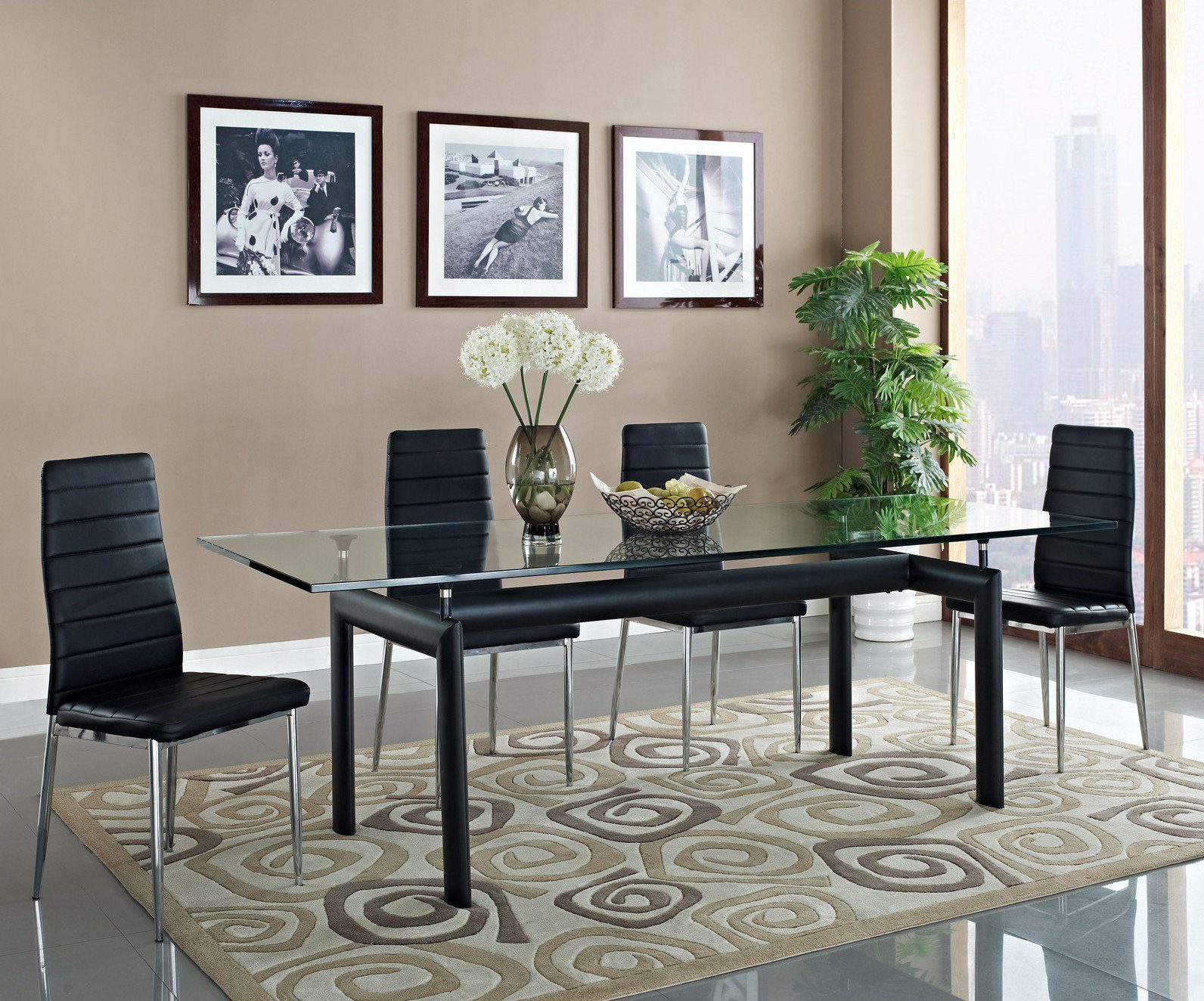
The LC6 designer glass table by Le Corbusier
This table which seems common today represented a real revolution for the time. Originally known for his work on housing units, Le Corbusier, whose real name was Charles-Édouard Jeanneret-Gris, was interested in interior furniture in the 1920s. This visionary, always cutting edge of modernism, created a whole line of furniture that contrasted with the standards of the time. He defined architecture as “the learned, correct and magnificent play of volumes under light”. He wanted to instill a formalist vision of art, stripped of the ornaments of the classical style of the time, to bring industrial landscapes to life and explore innovative materials such as glass, steel and concrete.
The “Coffee Table” by Isamu Noguchi
This designer glass table brings a touch of zen to the home. In addition to being made only of natural materials, its design symbolizes the harmony of the universe. A transparent glass top rests on two identical wooden elements arranged perpendicularly.
Its two shapes are "wobbly" one without the other but when they are brought together and positioned in opposite directions, the balance is perfect. We see the evocation of two contrary but complementary forces, Yin and Yang. Here, the artist used the transparency of the glass to reveal the design of the legs, usually hidden under the flat structure.
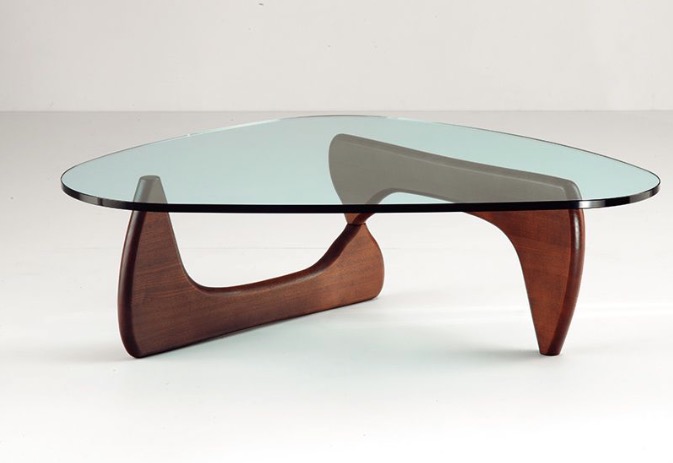
The “Coffee table” by Isamu Noguchi
Isamu Noguchi was born in 1904 in Los Angeles to Japanese parents. His works use American techniques of industrial production and are greatly influenced by Japan. In his works we find Japanese craftsmanship, its traditions and its "mystical" forms unknown in the West at that time. Through sculpture, he wanted to translate the East for the West, as his father had done before him, through poetry.
For the record... Isamu Noguchi created the UNESCO Japanese garden in Paris. It is one of the first gardens created by a designer and not by a gardener.
Warren Platner's table 1962
This mushroom-shaped table is now a modern design classic. A tempered glass top rests on a multitude of nickel-plated steel rods, resembling a "shining bundle of wheat". The use of glass for the top and the rounded shapes rebalance and illuminate the base. This table with clean and elegant lines uses two materials that play with light: steel and glass. In the shape of a mushroom, it breaks with many standards. Around a round table, no one chairs the table anymore, everyone sits in the same way.
Good to know: Steel is an almost indestructible material, and like glass, 100% recyclable!

Warren Platner's designer glass table
Throughout his life, Warren Platner sought to explore many innovative concepts of the time. One of his constructions made of steel, granite and glass even served as an illustration of American President Lyndon B. Johnson's "confident and optimistic prospects for the Great Society" in the 1960s. He made cable in steel an icon of modern design. Marked by the search for ergonomics of materials, he wanted to create a warm environment composed of tailor-made furniture designed to eliminate unnecessary effort. He redefined what we call a “classic” today. “Every time you lay eyes on a classic, you accept it as it is and see no way to improve it.”
Modern variations of designer glass tables
The flute design glass table
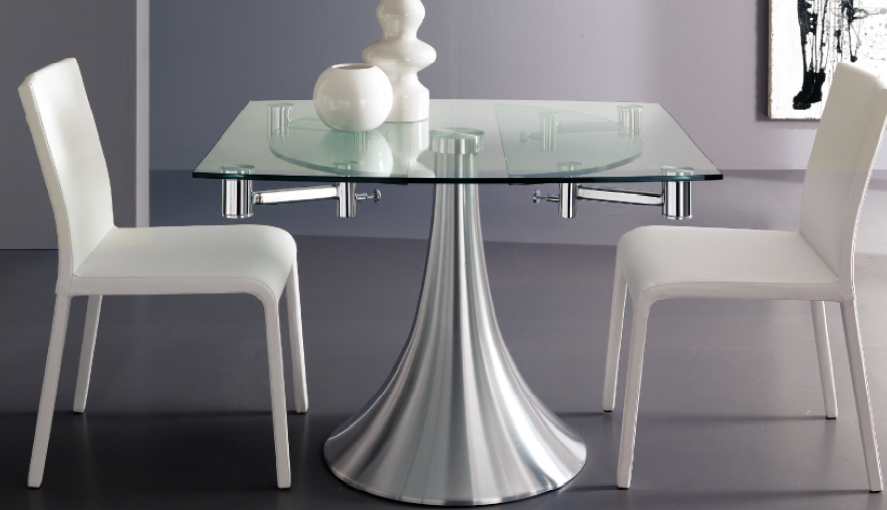
The “Flute” designer glass table
A true Italian-made jewel, the glass top rests on a unique aluminum foot, the shape of which evokes an upturned champagne glass. The glass lets light through, bringing out the metallic nuances of the foot. With its light shapes and clean lines, this designer glass table brings a touch of celebration without extravagance to your interior. Equipped with two glass side extensions, this table, initially designed for four people, can be extended to accommodate six people.
Discover other Italian-made extendable glass tables .
The “Shimmer” table by Patricia Urquiola
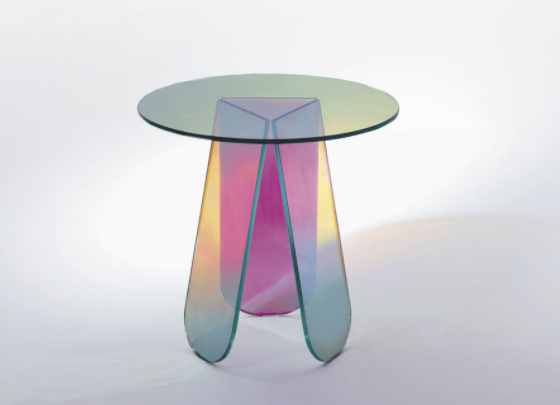
The “Shimmer” coffee table by Patricia Urquiola
This table has a slightly magical side. As its name "Shimmer", which means shimmer in English, indicates, the glass reflects light by casting shimmering reflections on the ground. An oval transparent glass top rests on three rounded legs for added voluptuousness. All the originality of this table is found in its multi-chromatic finish. The color of the top and the base varies depending on the angle of incidence of the light and the point of observation.
The “Hammock” table by Kochi Futasumata
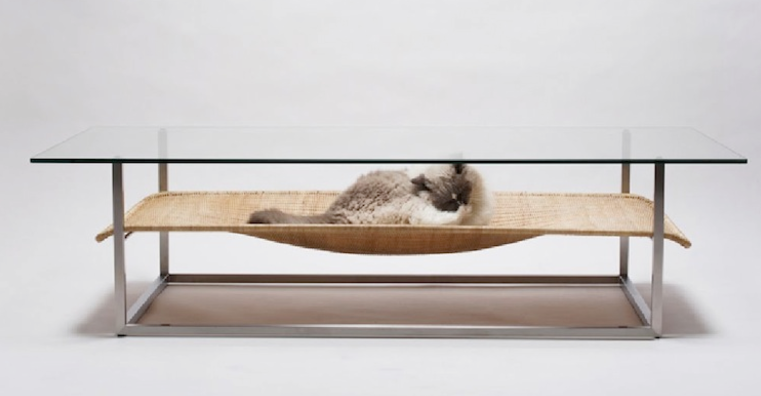 The designer glass table by Koichi Futatsumata
The designer glass table by Koichi Futatsumata
On a stainless steel frame rests a rattan hammock covered by a transparent glass top. The rattan hammock seems to float in the heart of the furniture, offering an airy rest for the felines. With its mix of shapes and natural materials, the general design is intended to be refined to symbolize relaxation. With this designer glass table, it is now the cat who presides over the living room!
For the record... The glass table is French! In the late 1600s, by developing glass polishing and grinding techniques, the French invented the first glass tables that could be used for glass tables and windows.
To go further into the world of remarkable furniture, discover the sofas that have made history.







